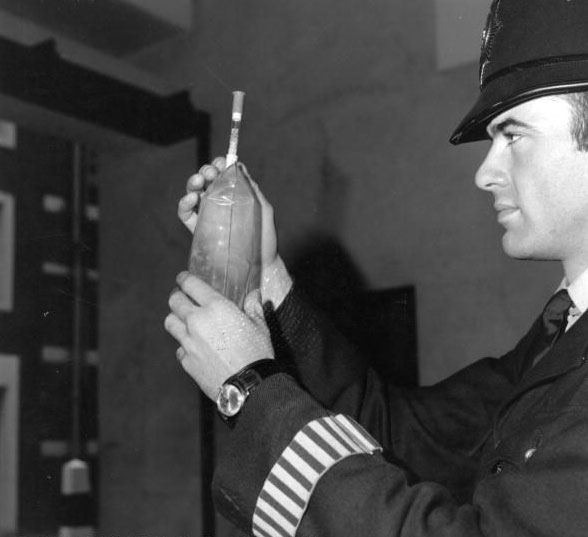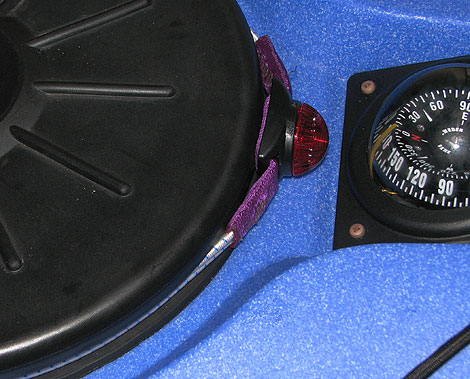
I’m on my own. First line of defense is to roll. If that fails then it is a re-entry and roll.
Ok so I’m back in my boat, upright and the cockpit is full of water. That is why I’ve got a pump. It is a hand pump. To pump the volume of water that remains in the cockpit is to say the least tiring, it is really hard work.
So considering that conditions must be pretty difficult for me to have capsized in the first place, I can see a spiral of events here. Pumping out, getting tired, trying to stay upright. It is not unreasonable to say that during this operation a capsize is again likely to happen, the re-entry and roll may or may not happen depending on how tired/cold I am etc.
To increase my chances of staying upright while I perform the vertical stroking of my bilge pump, I have considered a paddle float.

The philosophy here is that it should make the re-entry and roll easier, but more importantly act as an out rigger providing stability while pumping out the cockpit. I am assuming a hunch forward position over the paddle shaft and leaning into the float, while using the pump.
Down side of using a float is the delay of getting out of the water while inflating the bag. Considering the advantages of stability the float will offer during pumping, I think it is a trade off I am happy to make.
Other uses for this kit include a pillow while camping and as a splint device for leg or arm. This requires cutting the bottom of the float between the seams of the two floatation chambers. An arm or leg can then be put through and both chambers inflated to provide quite a good splint, (blow really hard!). This could also be used to provide pressure to an open wound. This sort of effect is used to a greater effect in MAST pants (military anti shock trousers), but that is a different story.
 Which I haven’t.
Which I haven’t.





